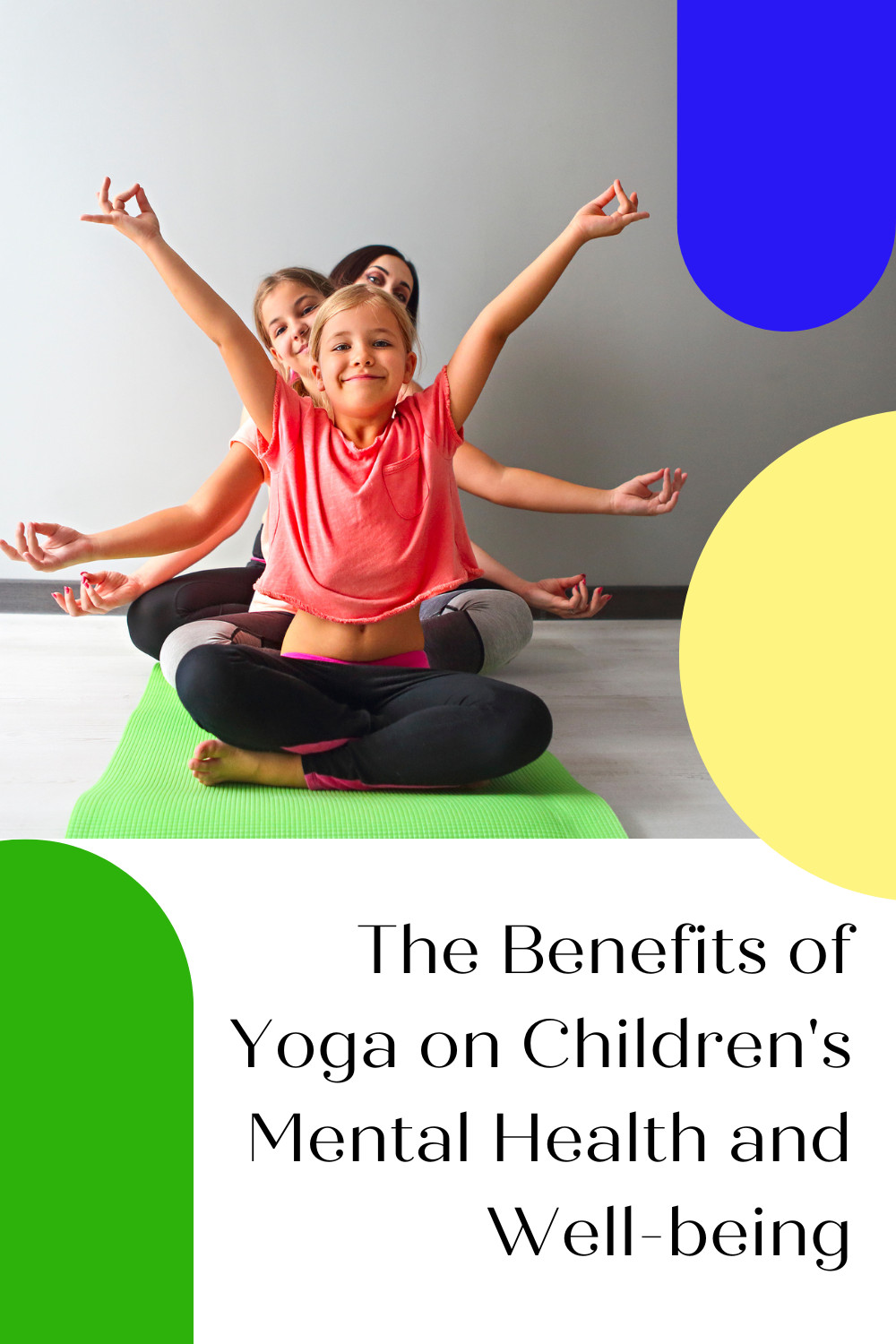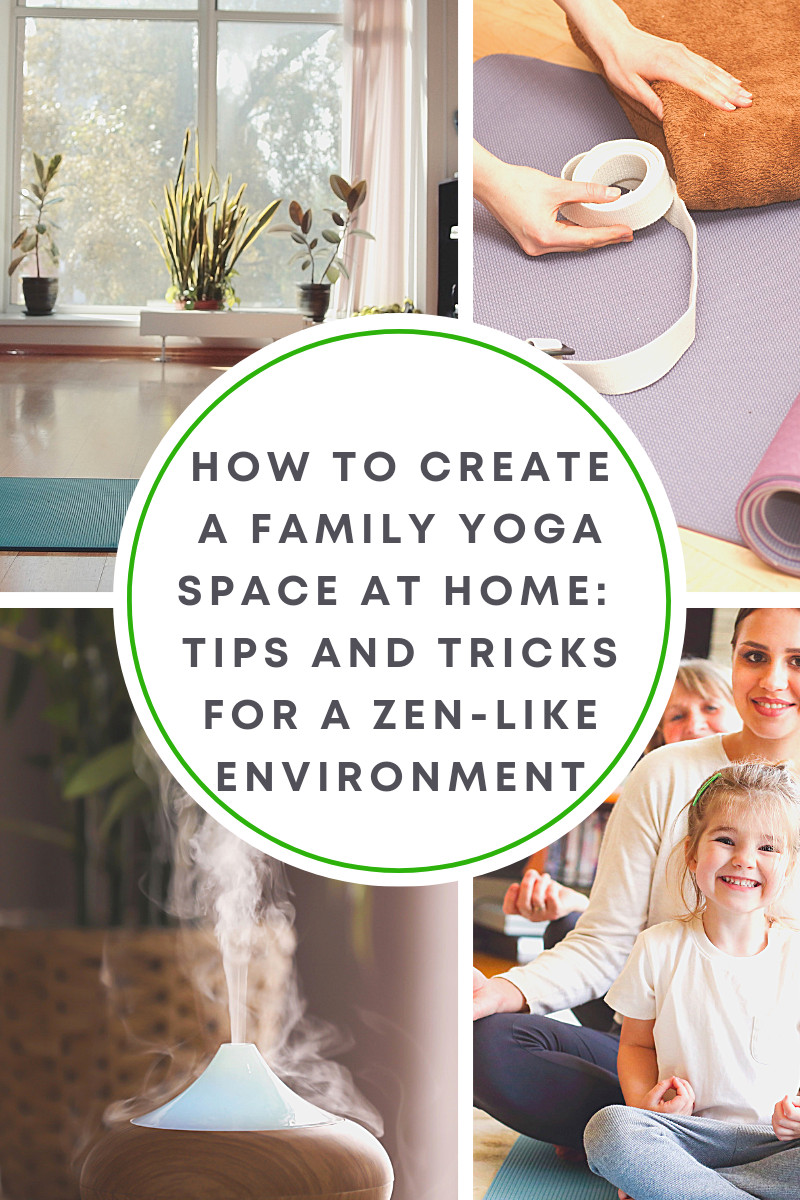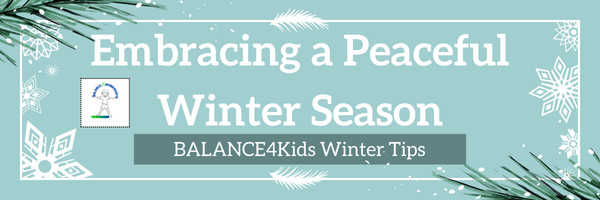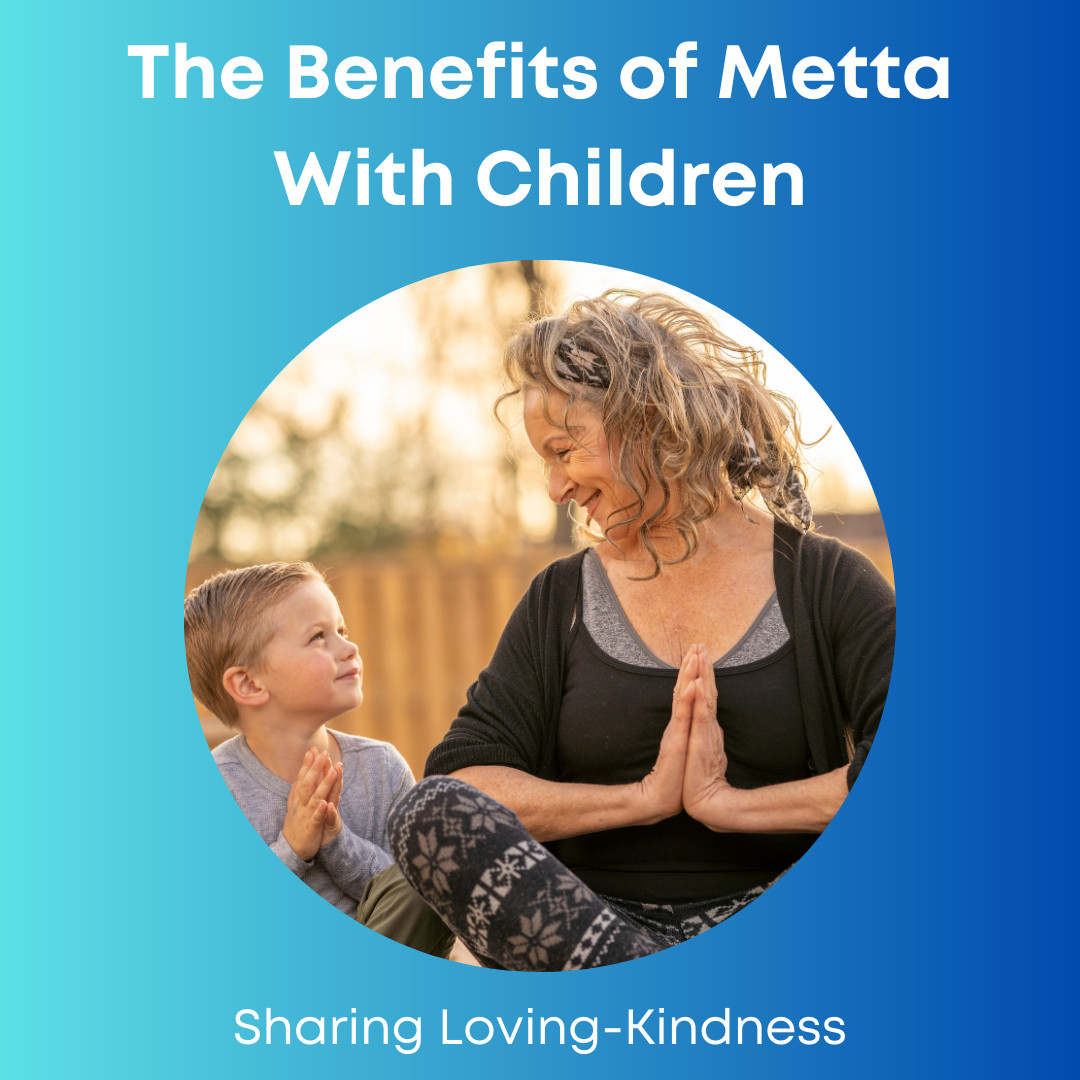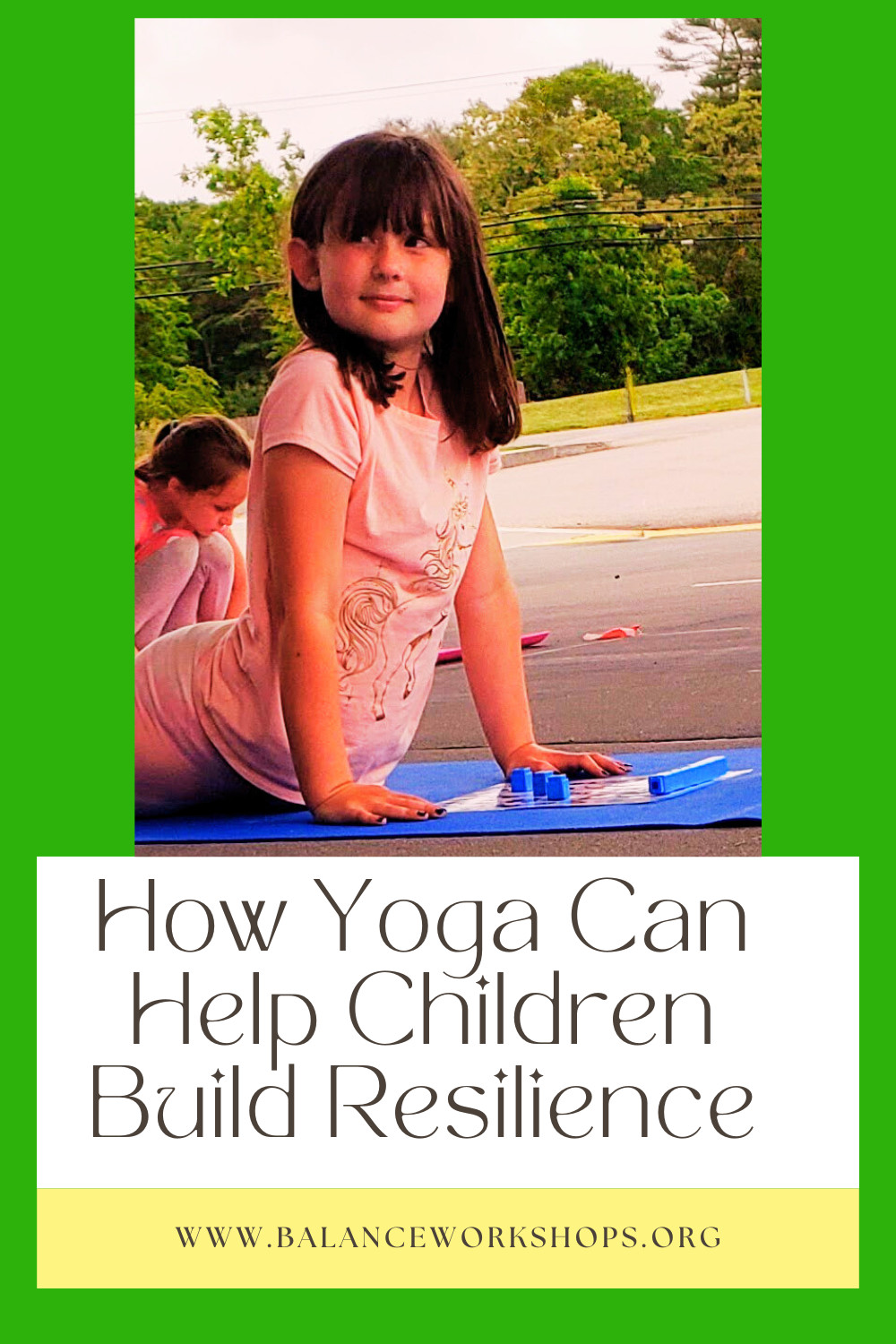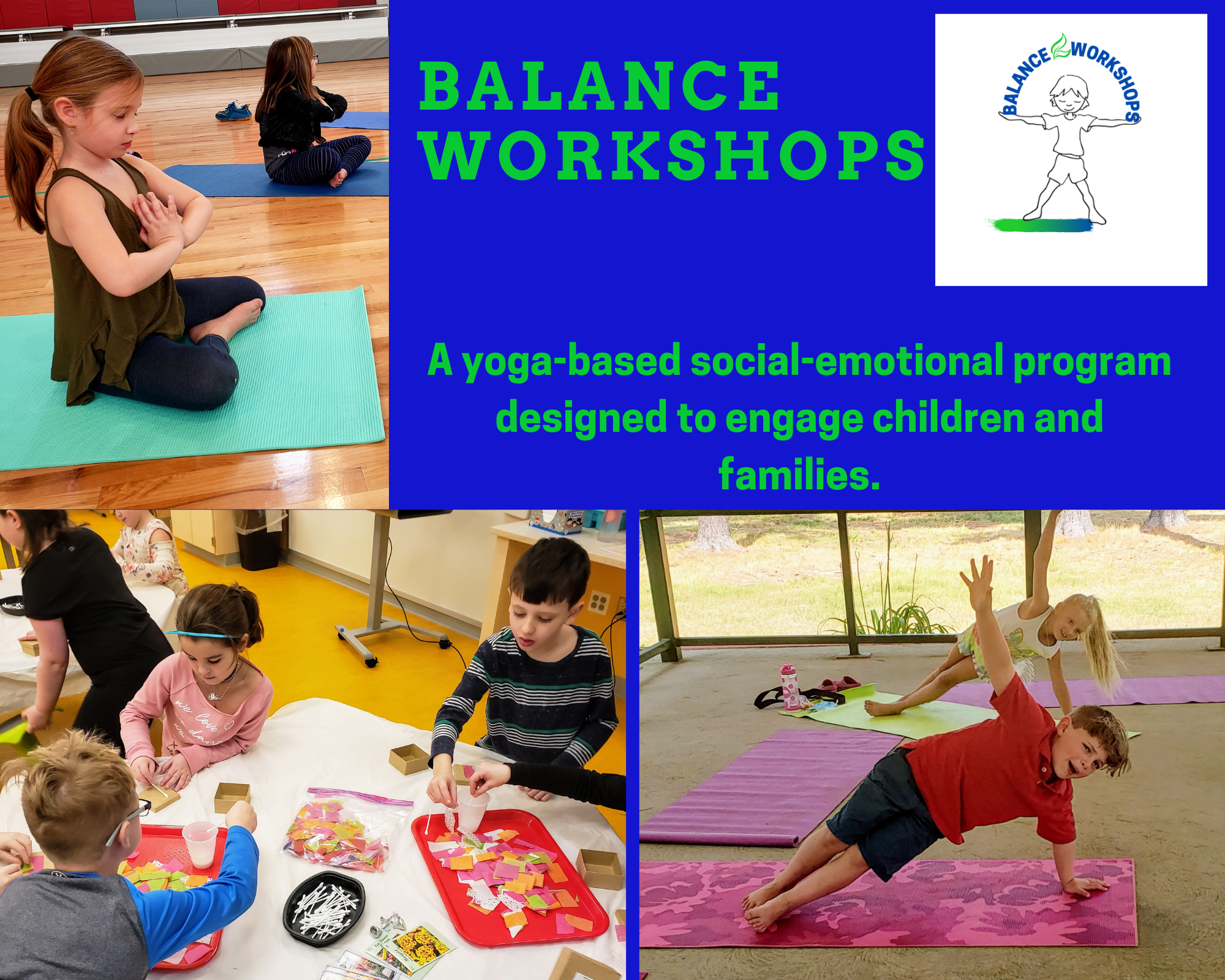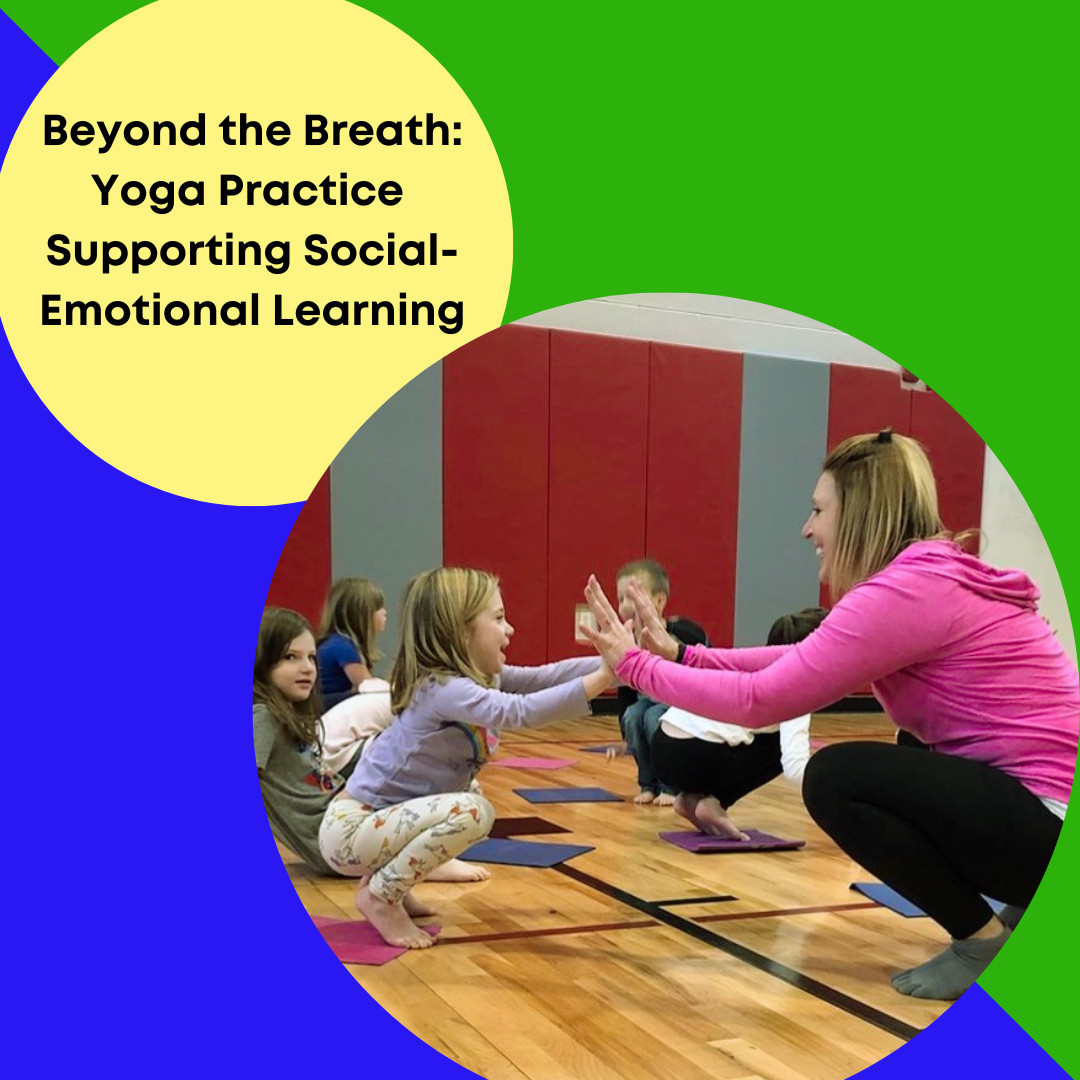
“Take a breath.” We say it to a crying child, a flustered friend, a spouting spouse. Maybe we’ve even heard it ourselves in a stressful moment (or two).  And it does help, right? Research has shown that deep breathing has tons of benefits, including a sense of calm, lowered blood pressure, increased energy, and even the release of toxins from the body. But somewhere along the way, we’ve forgotten how to breathe. Not just sip the air, but to really drink it in and savor it.
And it does help, right? Research has shown that deep breathing has tons of benefits, including a sense of calm, lowered blood pressure, increased energy, and even the release of toxins from the body. But somewhere along the way, we’ve forgotten how to breathe. Not just sip the air, but to really drink it in and savor it.
I became reacquainted with the benefits of breathing through yoga. There’s just something about the connection of brain, body, and breath that makes me feel like all is right in the world. But beyond the breath, it turns out yoga has so much more to teach us.
Even if your favorite part of yoga is wearing the pants, you’re probably familiar with the poses (asanas), meditation, and maybe even some breathing techniques (pranayamas). These are all part of the Eight Limbs of Yoga. You see, once upon a time, there was a man called Patanjali and he created the Yoga Sutras. Ok, I don’t know for sure if it was one person or a group of contributors, and he gets all the credit, but the principles of yoga provide basic guidelines for living. The principles, together with meditation practice--including breathwork, can help us become the best version of ourselves.
So what are the Yoga Sutras and why isn’t everyone talking about them? Well, for one thing, they’re in Sanskrit and super hard to pronounce--for me anyway! There are five yamas (rhymes with llamas) and five niyamas (sounds like knee-yamas). The principles promote virtuous qualities, such as non-violence (ahimsa), truthfulness (satya), self-discipline (tapas), and contentment (santosha).
If you’re bringing yoga into your life, the yoga principles are just another way to deepen your practice, especially if you’re looking for ways to share it with your family. There are many terrific books for adults. Just google the yoga sutras or type it into the Amazon search and you’re sure to find something to pique your interest. I personally own, A Seeker's Guide to the Yoga Sutras: Modern Reflections on the Ancient Journey (2019) by Ram Bhakt, Yoga Sutras of Patanjali (2001) by Mukunda Stiles, and The Yoga-Sutra of Patanjali: A New Translation with Commentary (2003) by Chip Hartranft.
Interested in sharing the principles with your children? Check out author Susan Verde. Not only are the words and illustrations peaceful and lovely, but each book inspires conversation and continued practice. Listening to My Body (2017) and Find Your Calm (2020) by Gabi Garcia, as well as anything by Kira Willey are also great options for sharing aspects of yoga, mindfulness, and meditation with kids. Imagine the advantages we are giving our kids by teaching ways to identify feelings, self-regulate, and make good choices.
These skills are all part of social-emotional learning--what used to be called emotional intelligence. And in many states across the country, they are being taught as part of the general curriculum in public schools. The value of these skills is equal to those of reading, math, and any other subject area.
Most caregivers know this innately. From a very young age, we spend time teaching manners, instilling a sense of fairness, and encouraging kids to treat others how they wish to be treated. Eventually, though, we want children to be self-aware. How are they feeling? How are they doing? Can they self-regulate...even when things aren’t going well? We want them to be socially aware. How do their words and actions affect others? This leads to building successful relationships with people, as well as making good choices.
Research shows that kids with developed social-emotional skills are not only more successful in school but later on in life. Exploring the yoga principles, especially the yamas and niyamas, can help. Again, it all comes back to that connection of brain, body, and breath.
So maybe you’re happy with your yoga practice as it is. That’s totally fine. For many of us, there’s an elusive pose we’re working on (come on crow--one of these days!). Or maybe your goal is to extend your meditation and explore the breath (without one eye on the clock). Eventually, though you may decide to deepen your understanding and as you do, don’t forget about the kids in your life. The teachings benefit everyone! How can you share your practice with someone else today?

